Safe and sustainable-by-design
Estimated reading time: 4 minutes
Accelerating chemical innovation
Cefic and its members define Safe and Sustainable-by-Design (SSbD) as an iterative process guiding innovation and market placement of solutions that are safe, and offer environmental, societal, and/or economical value. This includes new chemicals, materials, products, processes, and services, as well as the potential redesign of existing ones.
This view aligns with the broader goals of the European Green Deal and the Chemicals Strategy for Sustainability.
There are some design principles for SSbD, which should guide the innovation process towards creating chemicals and materials that more sustainable and safer for humans and the environment, delivering the expected performance and value to stakeholders throughout the value chain.
Actions following those principles will drive the shift towards a circular economy and climate-neutral society.
Since 2021, Cefic and its members have been actively engaging and collaborating to define Safe and Sustainable by Design (SSbD) and its criteria, as well as to outline the way forward, through several publications:
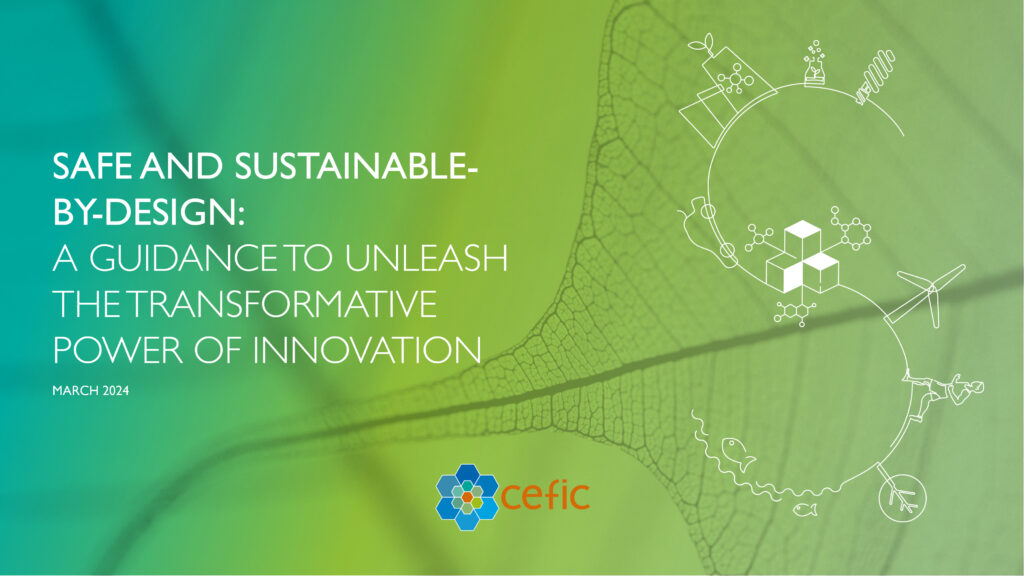
This guidance marks a milestone in our journey toward deeper implementation of SSbD within the chemical industry.
It provides detailed, actionable advice for integrating SSbD principles throughout the entire research and innovation lifecycle. Additionally, the guidance specifies activities for various phases of industrial R&D.
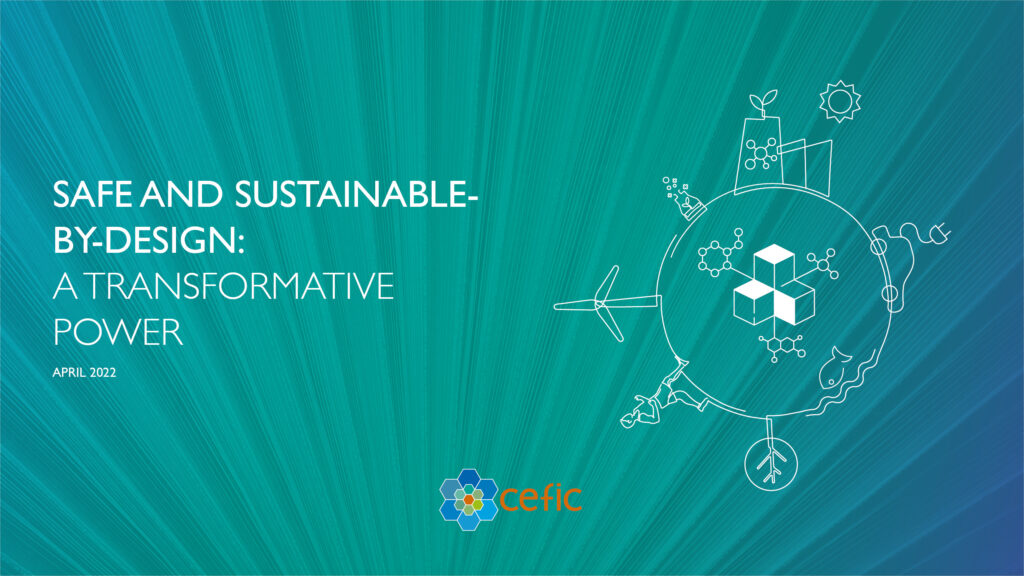
This report proposes guiding design principles for a selected set of safety and sustainability considerations, dimensions or criteria to be assessed at the level of product-application and more.
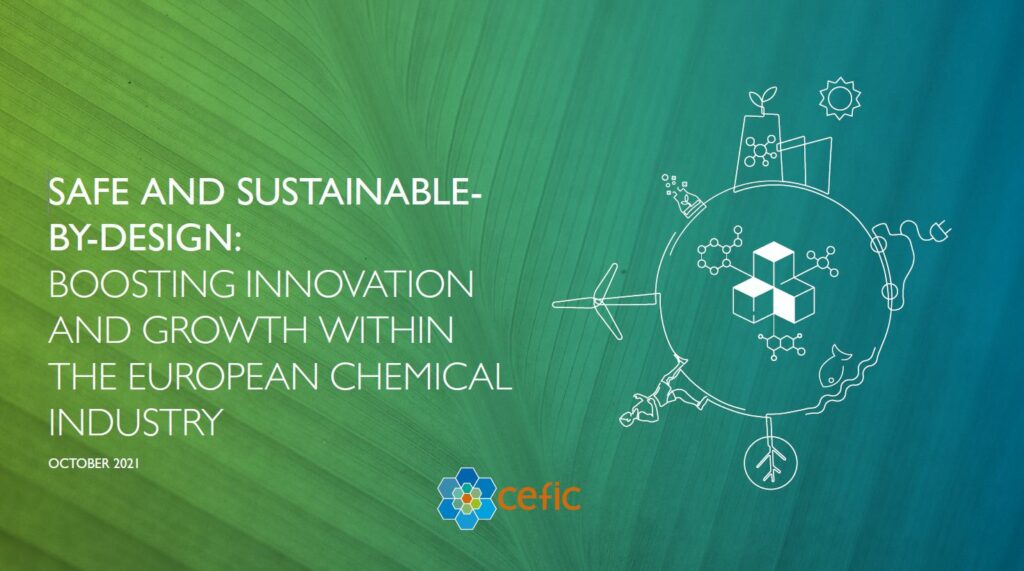
This paper is not exhaustive on the topic and does not represent our final views on Safe and Sustainable-by-Design. Instead, it is a work in development and an invitation to you to discuss the concept, criteria, and the way forward on SSbD.
Designing with safety and sustainability in mind: a collaborative effort
We believe that criteria for chemicals that are safe and sustainable-by-design must address the three pillars of sustainability – environmental, social and economic factors – and take a life cycle approach.
We build our understanding of SSbD principles taking into account views/perspectives of other organisations, such as the European Commission, the Joint Research Centre (JRC), the Organisation for Economic Co-operation and Development (OECD), and the World Business Council for Sustainable Development (WBCSD).
We are committed to collaborate with the European Commission and other stakeholders to reach a shared understanding of SSbD.
Effectively implementing SSbD requires:
- Supportive policies, pragmatic decision-making frameworks.
- Methodologies that are practical and realistic, meaning they should encourage innovation and be easy to put into practice.
- A commitment to co-create a clear, practical approach to SSbD principles based innovation.
- Finally, investing in innovations for new safe and sustainable chemicals and process is key.
What next?
The SSbD approach should be integrated into the Research & Innovation phase of all new products, employing a set of guiding principles and assessing the product-application combination through an exemplary stage-gate approach to ensure enhancements in safety and sustainability of chemicals, materials, products and processes.
Below find a detailed yet not exhaustive overview of key safety and sustainability dimensions recommended by various stakeholders for evaluating sustainability aspects. For more in-depth information, check our latest “Safe and Sustainable-by-Design: A Guidance to Unleash the Transformative Power of Innovation”.
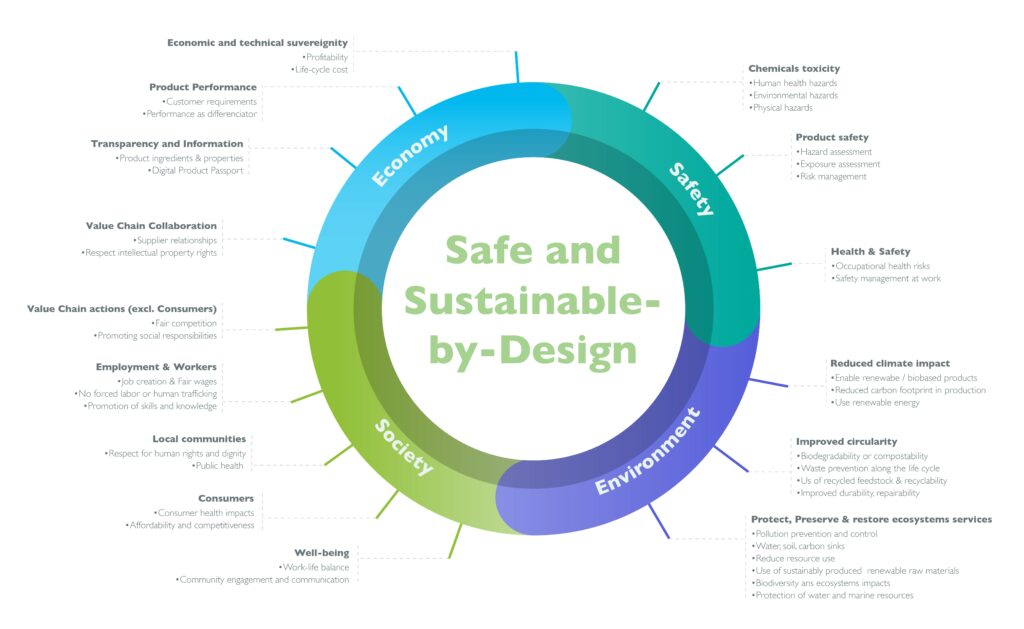
Cefic is dedicated to presenting the industry’s perspective, offering guidance on integrating SSbD principles within the chemical sector, and motivating companies from different sectors to apply and test it, share their experiences, and provide transparent reporting on SSbD’s application.
These collaborative efforts could lead to further framework developments.
A conversation on Safe and Sustainable-by-Design
Success stories from the industry
“IRISS” project: the international ecosystem for accelerating the transition to Safe-and-Sustainable-by-Design materials, products and processes.
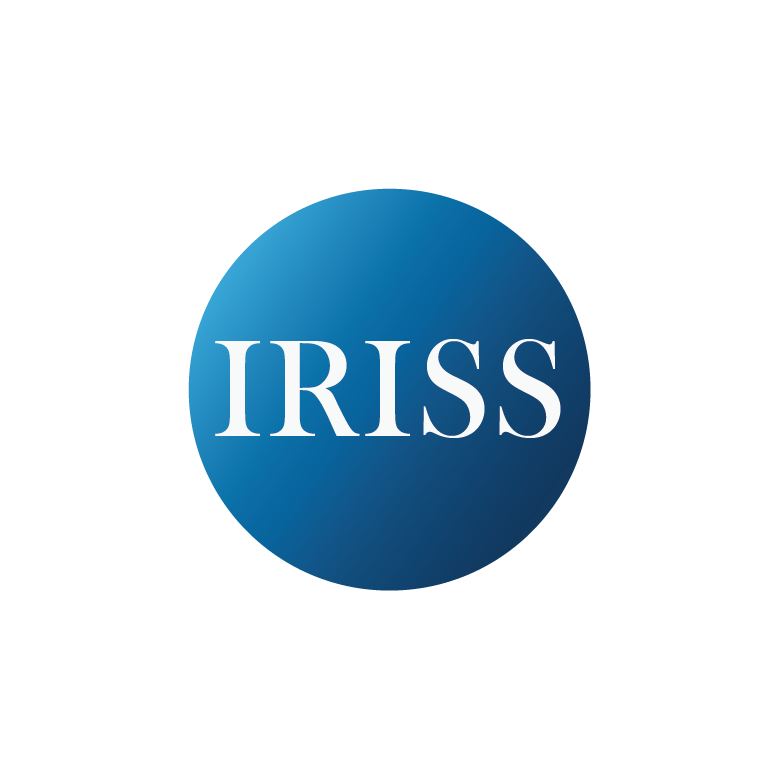
IRISS, a multi-stakeholder project launched in 2022, aims to connect and transform the Safe and Sustainable-by-Design (SSbD) community towards a lifecycle approach with safety, circularity, climate neutrality and functionality integrated from the early stages of design and manufacturing.
Working closely with industry, IRISS will develop roadmaps for research and innovation, and demonstrate policy needs in textiles, construction, electronics, energy, automotive, fragrance, and packaging value chains.
Cefic is one of the partners of this project, which is funded by the EU’s framework programme for research and innovation, Horizon Europe, under grant agreement n° 101058245.


